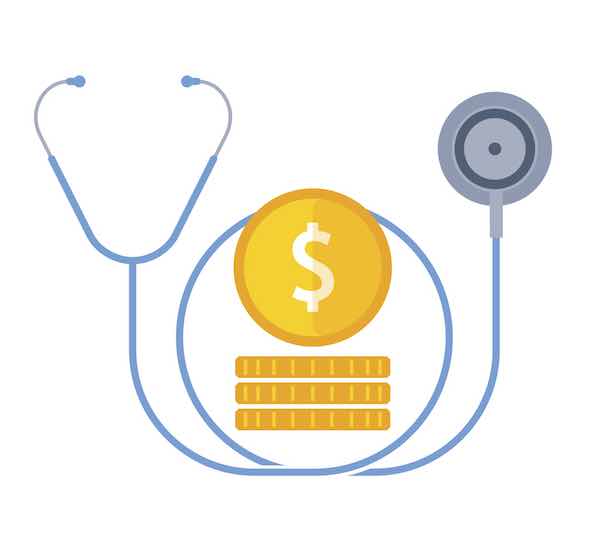Federal employees and retirees can expect a 6.1% average increase in their share of health insurance costs under the Federal Employees Health Benefits (FEHB) program in 2018 according to the Office of Personnel Management. That represents a total average amount of $158.40.
OPM said that the overall average increase for plan participants next year will be 4%. For comparison, the average overall increase last year was 4.4%, and the average increase in the enrollee portion of premiums last year was 6.2%.
The government’s share of the FEHB premiums will increase by an average of 3.2% next year. OPM said that the enrollees’ portion appears to be rising faster than the government share because of enrollee selection of health plans. The government contribution to premiums is based on a lower average as enrollees select lower cost plans.
Alan Spielman, OPM Director of Healthcare and Insurance, explained the discrepancy this way:
The government pays 75% of the premiums up until a cap on the maximum government contribution, and that maximum government contribution is determined by this statutory formula that is 72% of the weighted average. It’s through operation of that maximum cap that has this effect, so to the extent that more people are concentrated in less expensive premium plans, it has a lowering effect on the government contribution.
Average FEHB Premium Increases
Annuitants and Non-Postal Employees
The tables below break out the average increases in the enrollee portions of FEHB premiums for 2018 for annuitants and non-postal employees.
Percentage Increases
| Local Plans | National Plans | Total | |
|---|---|---|---|
| Self | 9.5% | 5.3% | 6.0% |
| Self +1 | 11.9% | 5.8% | 6.4% |
| Family | 8.2% | 5.4% | 5.9% |
| Total | 9.2% | 5.4% | 6.1% |
2018 Premiums
| Local Plans | National Plans | Total | |
|---|---|---|---|
| Self | $112.51 | $95.08 | $97.97 |
| Self +1 | $202.21 | $210.56 | $209.70 |
| Family | $237.88 | $214.85 | $218.78 |
| Total | $169.57 | $156.32 | $158.40 |
Postal Employees
The tables below break out the average increases in the enrollee portions of FEHB premiums for 2018 for Postal employees.
Percentage Increases
| Local Plans | National Plans | Total | |
|---|---|---|---|
| Self | 13.6% | 8.6% | 9.9% |
| Self +1 | 14.3% | 8.9% | 9.7% |
| Family | 12.6% | 9.1% | 9.8% |
| Total | 13.1% | 9.0% | 9.8% |
2018 Premiums
| Local Plans | National Plans | Total | |
|---|---|---|---|
| Self | $115.26 | $82.27 | $89.30 |
| Self +1 | $205.49 | $179.65 | $183.20 |
| Family | $247.70 | $195.80 | $204.92 |
| Total | $191.00 | $156.22 | $162.59 |
OPM said that plan negotiations were geared to keep premium increases as low as possible while minimizing changes in out-of-pocket costs, such as for deductibles, co-pays, and coinsurance.
2018 Pay Raise
Many federal employees will wonder how the premium increases for their portion of their health care compare to what their pay increase is likely to be next year. While the amount has not yet been finalized, President Trump has proposed an average of 1.9% pay raise for 2018.
According to Spielman, “If federal employees get a 1.9% pay increase, if you do the math on the average pay level, it comes out to about $60 biweekly, and this average employee increase [in the 2018 enrollees’ share of FEHB premiums] comes out to about $9.”
Federal retirees also are projected to receive a modest increase in their annuity payments in 2018. While the amount has not yet been finalized, the last projected increase based on CPI data is that retirees are on track to receive a 2018 COLA of around 2%.
Open Season
Federal employees will have a chance to make their FEHB selections during the Federal Benefits Open Season which runs from November 13 to December 11, 2017. It gives federal employees and retirees the opportunity to evaluate their benefits and make changes to their coverage within the Open Season dates.



